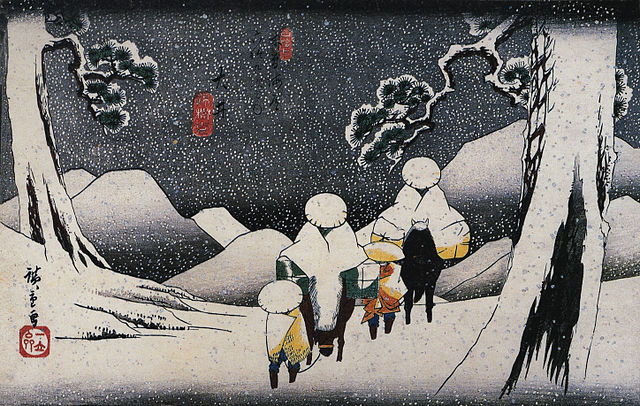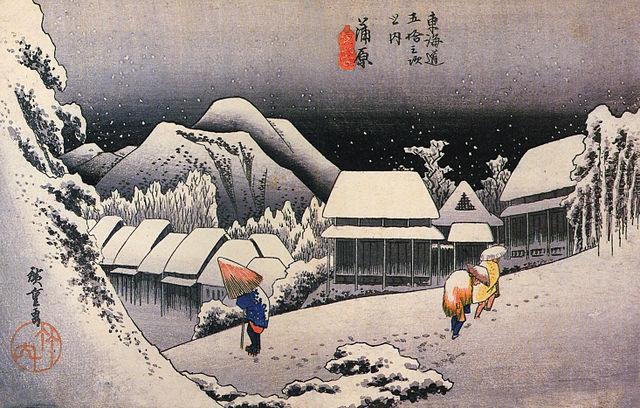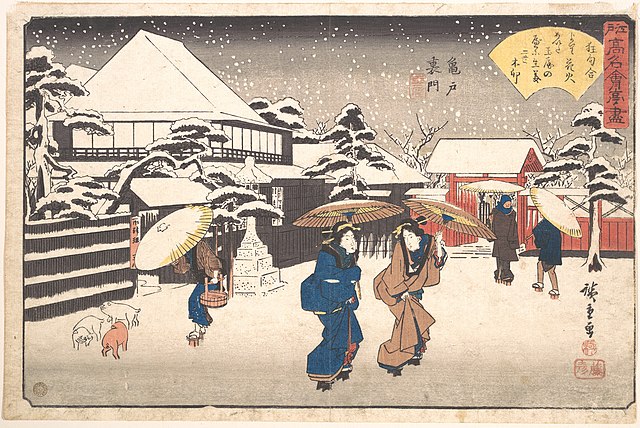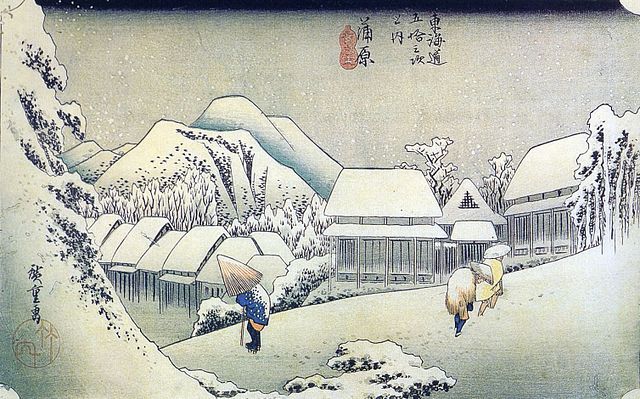
Thammasat University students interested in Japan, history, international relations, political science, sociology, and related subjects may find it useful to participate in a free 26 April Zoom webinar on Bringing Dark Heritage to Light: Monuments to Wartime Foreign Laborers in Japan.
The event, on Friday, 26 April 2024 at noon Bangkok time, is presented by Tokyo College, The University of Tokyo, Japan.
The TU Library collection includes several books about different aspects of dark tourism.
Dark tourism has been defined as tourism involving travel to places historically associated with tragedy.
The main attraction to dark locations is their historical value rather than their associations with suffering.
Students are invited to register at this link:
https://us02web.zoom.us/webinar/register/WN_DtGDX0wzScSUoPhy0tS5Vw#/registration
The speaker will be Professor Andrew Gordon, who teaches modern Japanese history at Harvard University, the United States of America.
The even announcement offers the following abstract:
In this talk, Prof. Gordon will consider two meanings of “dark” in relation to history and heritage. First, the commemoration of shameful or tragic–which is to say “dark”–episodes in history. Second, the existence of little known and in some cases nearly hidden –which is to say “dark”–monuments which seek to commemorate this history. He will focus on a few among the surprisingly numerous monuments erected in Japan since the 1960s to mark the sites of coerced foreign labor and mourn the deaths of the laborers. What messages are conveyed at these doubly dark locations? What potential might they offer for current and future generations to come to terms with a difficult past?
The event commentator will be Associate Professor Kimura Shisei who teaches cultural sociology at the Faculty of Human Science, Konan Women’s University, Kobe, Japan.
The moderator will be Assistant Professor Yuki Terada, Tokyo College, The University of Tokyo.

In 2019, a text by Professor Gordon on dark tourism was posted on the website of the Asia-Pacific Journal.
It reads, in part:
In Japan, in addition to a spate of relatively shallow and celebratory publications on Hashima/Gunkanjima, some important work has been published in the past decade on the topic of dark tourism, in some cases using the term itself rendered in katakana as daaku tsūrizumu. Particularly rich and relevant for this set of papers is a book by Kimura Shisei, whose title can be translated as Representation and Memory of Industrial Heritage: The Politics of “Battleship Island.” Noting that media attention to industrial heritage sites has demonstrably surged in the 2010s, he thoughtfully explored the meaning of this phenomenon. His scope is both global and specific to Japan. He described the rise of movements in Europe from the late 18th century to preserve “cultural heritage,” and then examined two specific early efforts to turn coal mines in Germany and Britain into heritage sites. He cast a critical eye on the appropriation of local efforts to memorialize mines and miners in the service of national narratives of the nation state. He argued that such appropriation effaced local complexity and hid from view the negative elements of these histories. Turning to Japan, he examined the case of the Miike mine before turning to that of Hashima/Battleship Island. Of particular value and importance is his attention to what he calls “rescaling,” by which he means the way local endeavors are raised to a national scale, in this case because of the entry of an international validating body (UNESCO).
The most prolific contributor in Japanese to the study of dark tourism is Ide Akira, a scholar in the field of tourism studies at Kanazawa University. In 2016, he edited an issue of the occasionally published magazine Dark Tourism Japan. It focused on “the light and shadow of industrial heritage,” including both Hashima/Battleship Island and famous sites of industrial pollution. The latter ranged from a large museum in Yokkaichi, where air pollution from oil refineries caused a huge spike in cases of asthma, to a large number of sites in the vicinity of the Ashio copper mine. Most of these focus attention on the disastrous pollution resulting from the toxic run-off from the mine, but with some effort, one can also visit memorials to conscripted wartime laborers from Korea and China. In 2018, Ide published two books on the topic. One focuses on dark tourist sites in Japan, while the other looks at tourist sites ranging from Asia to Europe to the United States, most of which have some connection to Japanese history through the history of emigration or imperialism and war.
Ide’s approach is that of the travel guide. He examines both the supply and demand sides of the story. His writings richly annotate a tourist itinerary with information about the various dark histories that one can experience or understand. They also offer accounts of the process by which those histories have come to be presented to visitors. Perhaps the most important conclusion to be drawn from this work is that one finds in Japan—as elsewhere—a rich variety of perspectives and strategies for marking and promoting sites of difficult history. These include thoughtful and frank presentations of histories of suffering and sacrifice, of victimization, as well of victims. This conclusion, affirmed in the papers below, is an important counterpoint to the easily made criticism of the celebratory framing of most historical sites by the national government, which evades confronting the darker sides of Japan’s past. That criticism is justified, but it is only part of the story of dark tourism in Japan. […]

[C]loser attention to the industrial heritage sites, as well as the Abashiri Prison Museum and the Shikoku pilgrimage route, broadens the study of dark tourism to a longer modern history. The dark history of Abashiri centers squarely on treatment of prison laborers in the Meiji era (mainly the 1870s through 1890s), and the earliest efforts to mark that history came hardly a decade after deaths of the prisoners building the infamous Central Road. Controversy visited the Shikoku pilgrimage route in the Meiji period in the form of state suppression of Buddhism, and again in the interwar era in tensions setting secular and commercial interests against more purely religious understandings of the route, themselves anchored in practices reaching back centuries into the pre-modern past. In their seminal work on the topic, Lennon and Foley identify “dark tourism” as “an intimation of post-modernity.” By this, they mean that global communication technologies play key roles in creating touristic interest, that the sites of dark tourism reflect or induce anxiety over the rationality of modern progress, and that “educative elements…are accompanied by elements of commodification and a commercial ethic.”17 The controversies over the marking of dark or difficult history examined in these papers suggest instead that such post-modern elements—anxiety over the modern project, tensions between education or faith and commercialization, and the impact of a succession of new technologies—have been ever-present in the modernizing project, and remain so in our post-modern times.

(All images courtesy of Wikimedia Commons)
